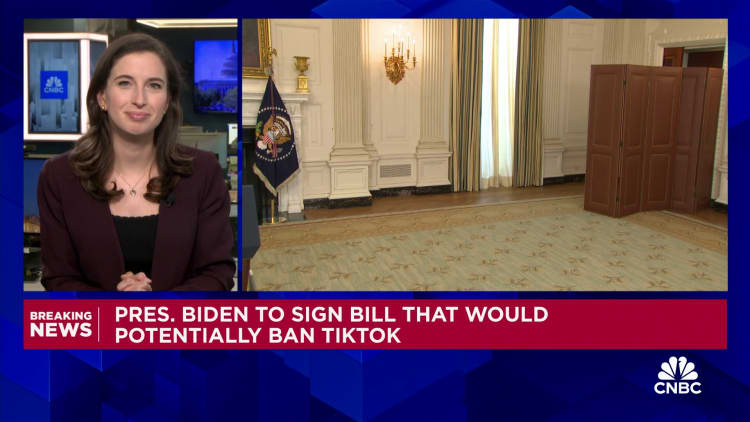Consumer spending fell sharply in January, posing a potential early danger sign for the economy, the Commerce Department reported Thursday.
According to the Census Bureau, advanced retail sales fell 0.8% for the month, following a downwardly revised 0.4% increase in December. A decline had been expected: Economists polled by Dow Jones expected a 0.3% decline, partly to offset seasonal distortions that likely pushed up the number in December.
However, the decline was significantly greater than expected. Even excluding cars, sales fell 0.6%, well below estimates of a 0.2% increase.
The sales report is adjusted for seasonal factors but not inflation, so the report showed spending lagging behind the pace of price increases. Year-on-year, sales only increased by 0.6%.
Headline inflation rose 0.3% in January and 0.4% excluding food and energy prices, the Labor Department reported Tuesday. In a year-on-year comparison, the two values were 3.1% and 3.9%, respectively.
Sales in building materials and garden centers were particularly weak, falling by 4.1%. Sales at miscellaneous stores fell 3%, while automotive parts and retail sales fell 1.7%. Gas station sales also fell 1.7% as prices at the pump fell during the month. On the positive side, restaurants and bars reported a 0.7% increase.
Consumer strength has been at the heart of a U.S. growth picture that has proven far more durable than most policymakers and economists expected. Spending rose 2.8% in the fourth quarter of 2023, capping a year in which gross domestic product rose 2.5% despite widespread recession forecasts.
However, concerns remain that stubbornly high inflation could take its toll and threaten future prospects.
A separate economic report on Thursday showed continued strength in the labor market, another key underpinning of the economy.
Initial unemployment insurance claims totaled 212,000 in the week ended Feb. 10, a decline of 8,000 from the previous week’s upwardly revised total and below the estimate of 220,000, the Labor Department reported.
There was also some good news from the manufacturing sector, as regional surveys in the Federal Reserve’s Philadelphia and New York districts both came in better than expected for February.
The Philadelphia poll came in at 5.2, up 16 points and better than the -8 estimate, while the Empire State poll for New York came in at -2.4. While the New York poll still showed a decline, this was a much better reading than the January estimate of -43.7 and -15. The surveys measure the proportion of companies reporting growth. A positive value therefore indicates expansion.
Markets largely took the reports in stride, with stock futures pointing to a higher opening on Wall Street.
Investors are watching the numbers closely for clues about what path the Fed will take on monetary policy and interest rates.
Federal Reserve officials have said they are so comfortable with the prospects for falling inflation and stable growth that the rate-hiking cycle that began in March 2022 is likely over. But they are watching the data closely and most say they need more evidence that inflation is on a sustainable path back to the central bank’s 2 percent target before they start cutting.
Futures market prices suggest the first rate cut will come in June, with the Fed cutting a total of four times, or a full percentage point, by the end of 2024.
This is breaking news. Please check back here for updates.
Source link
2024-02-15 13:59:29
www.cnbc.com











